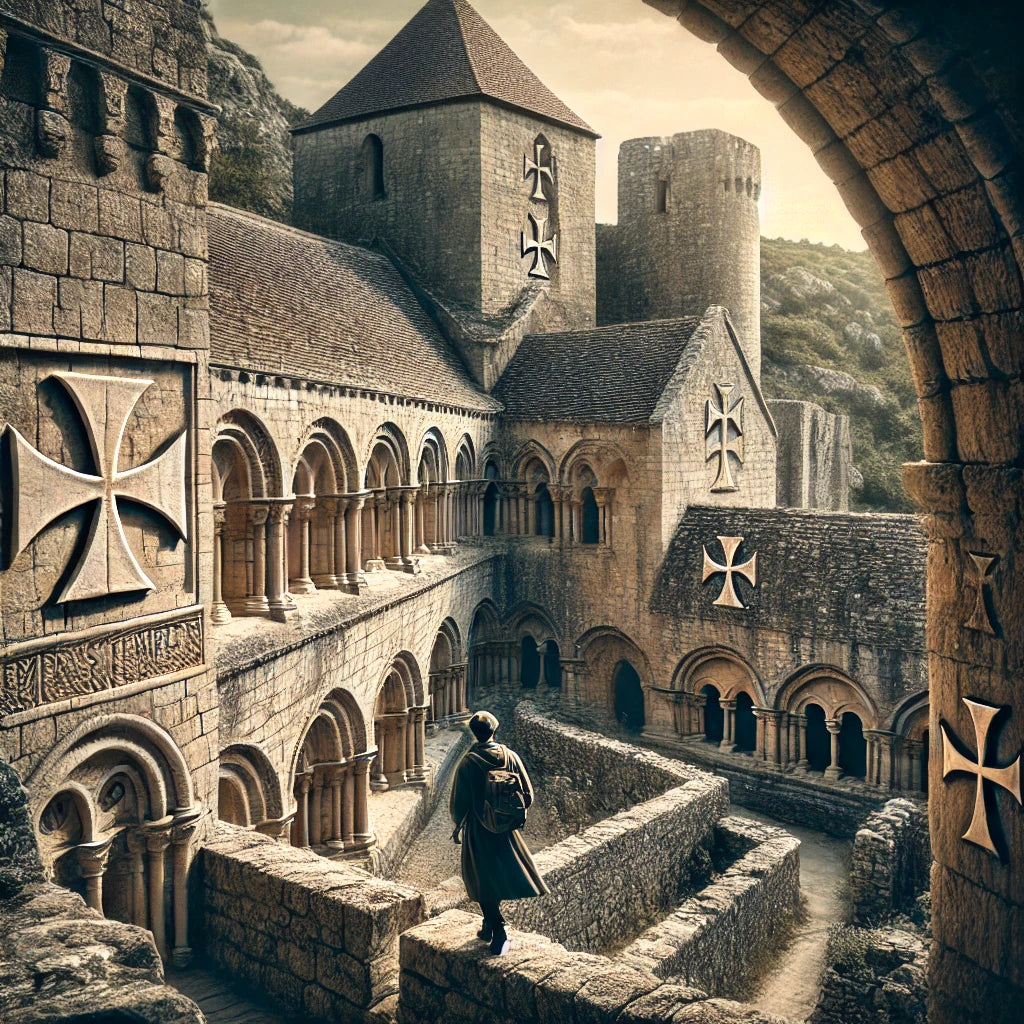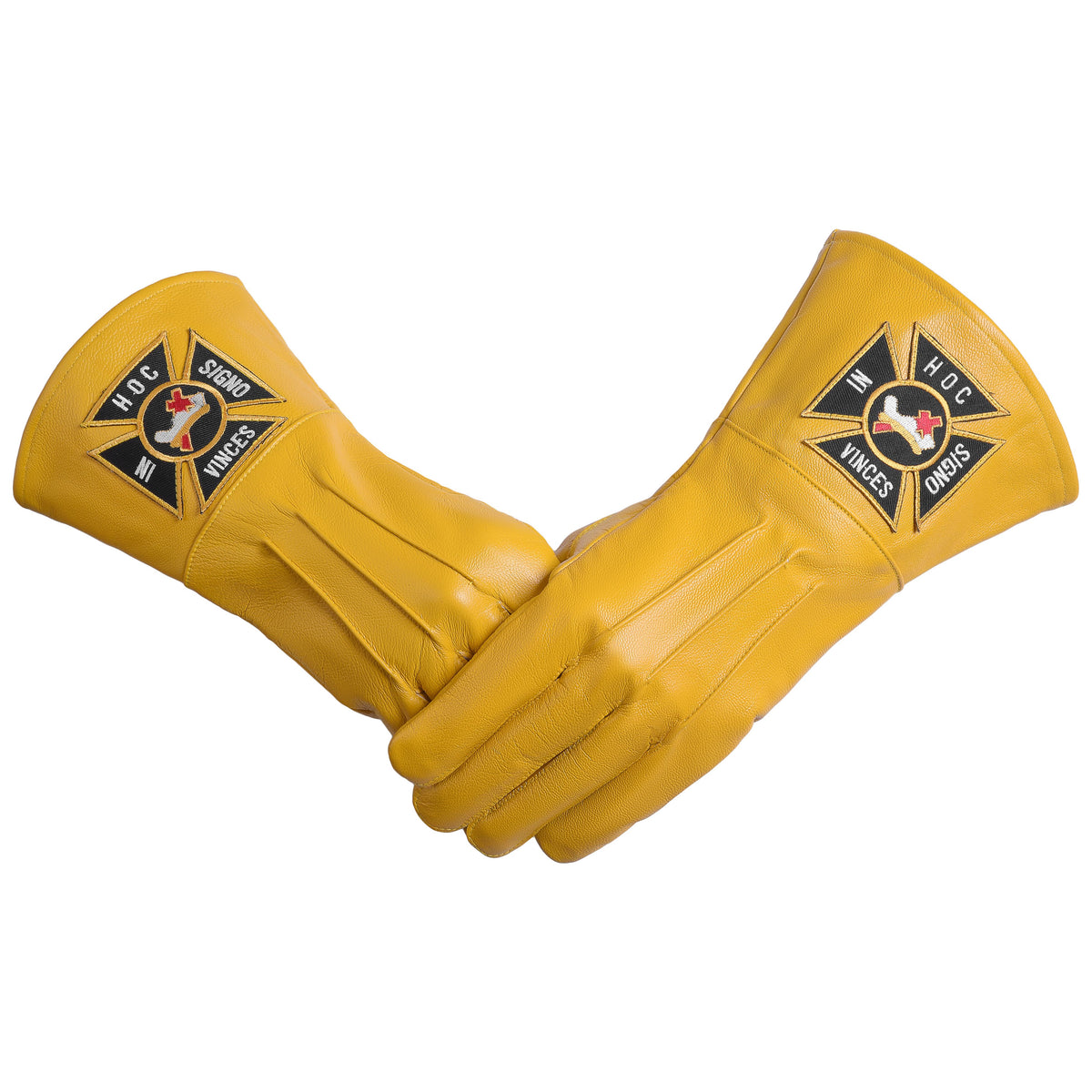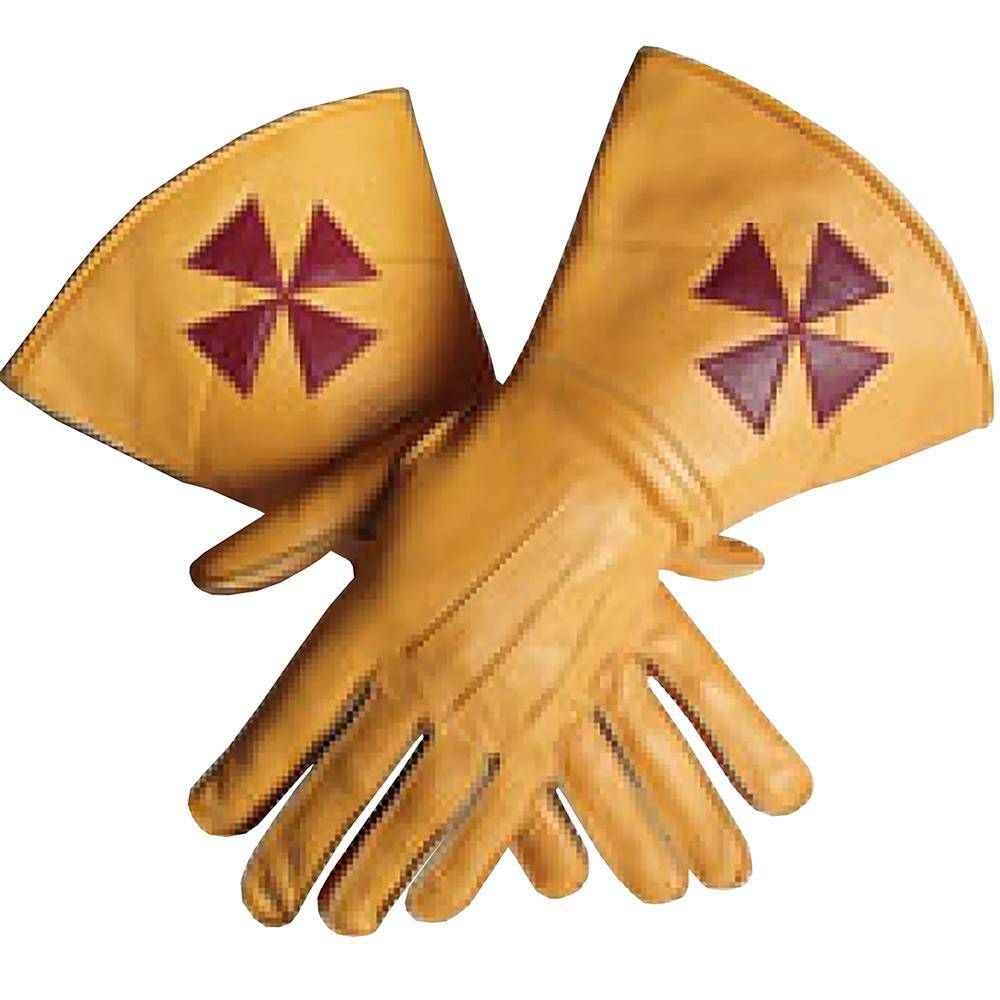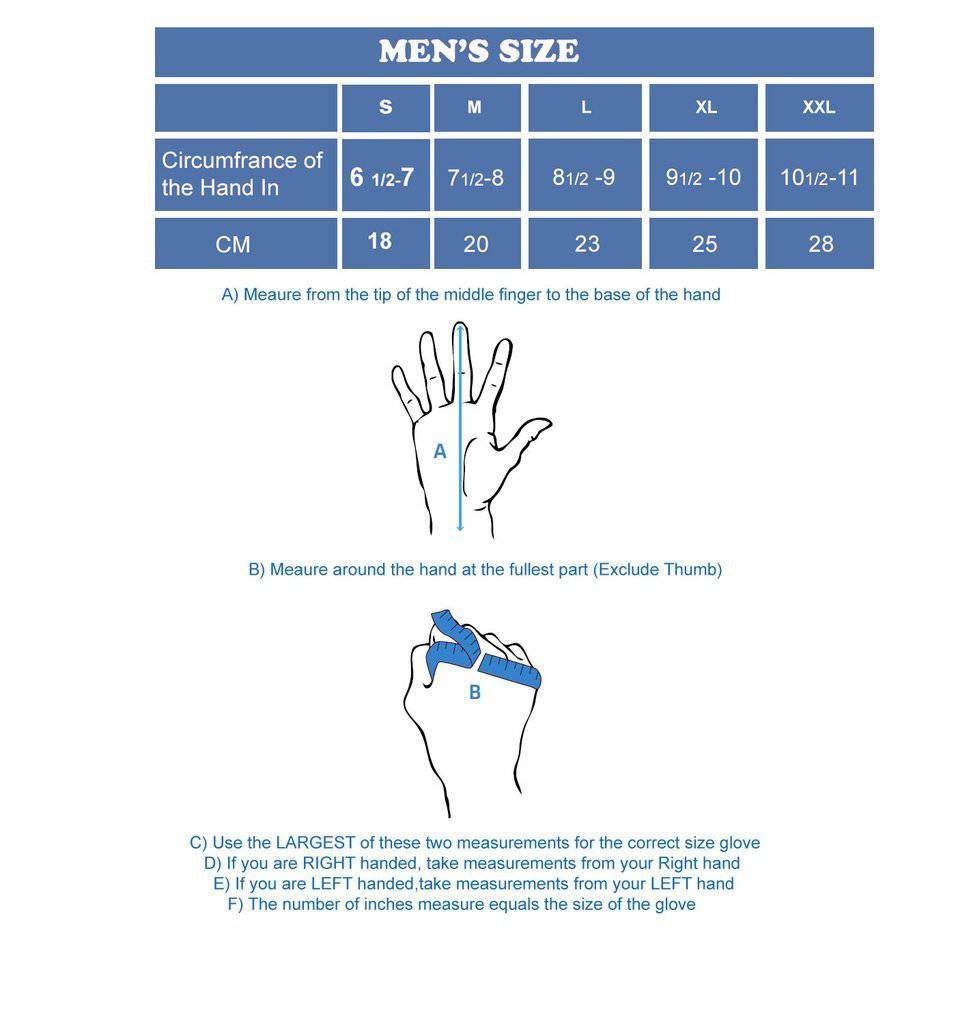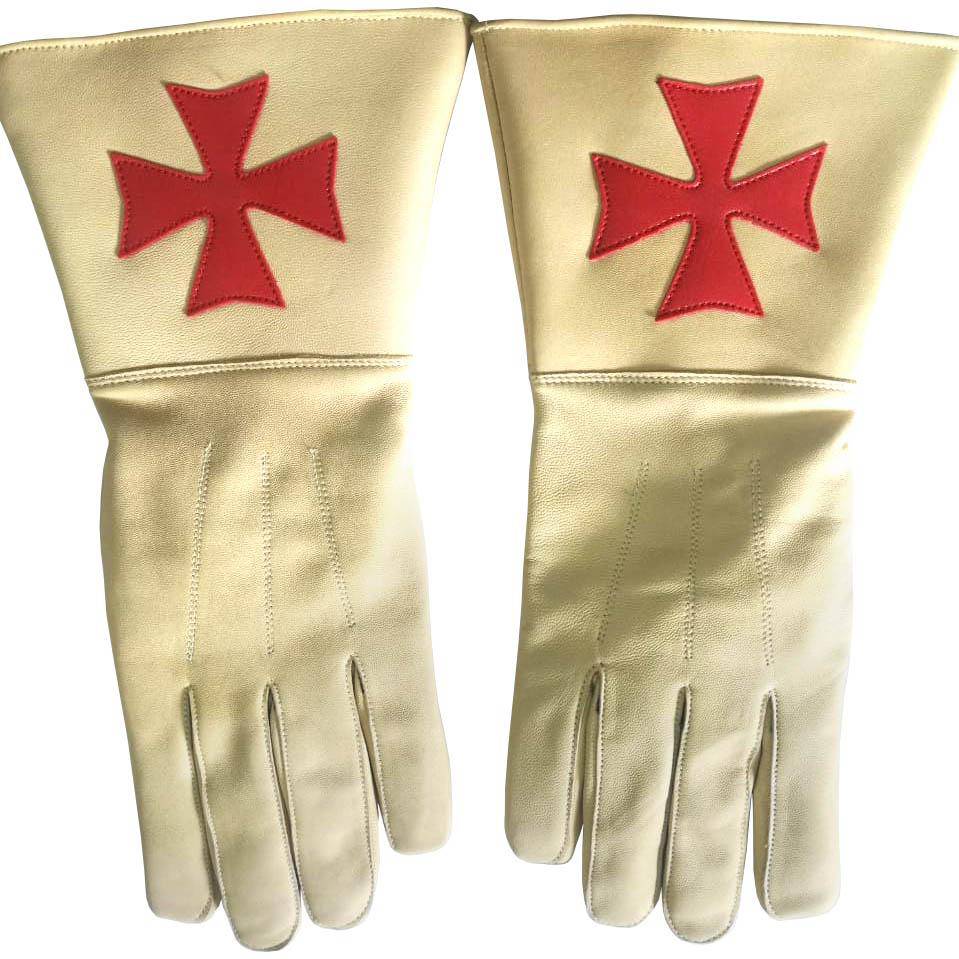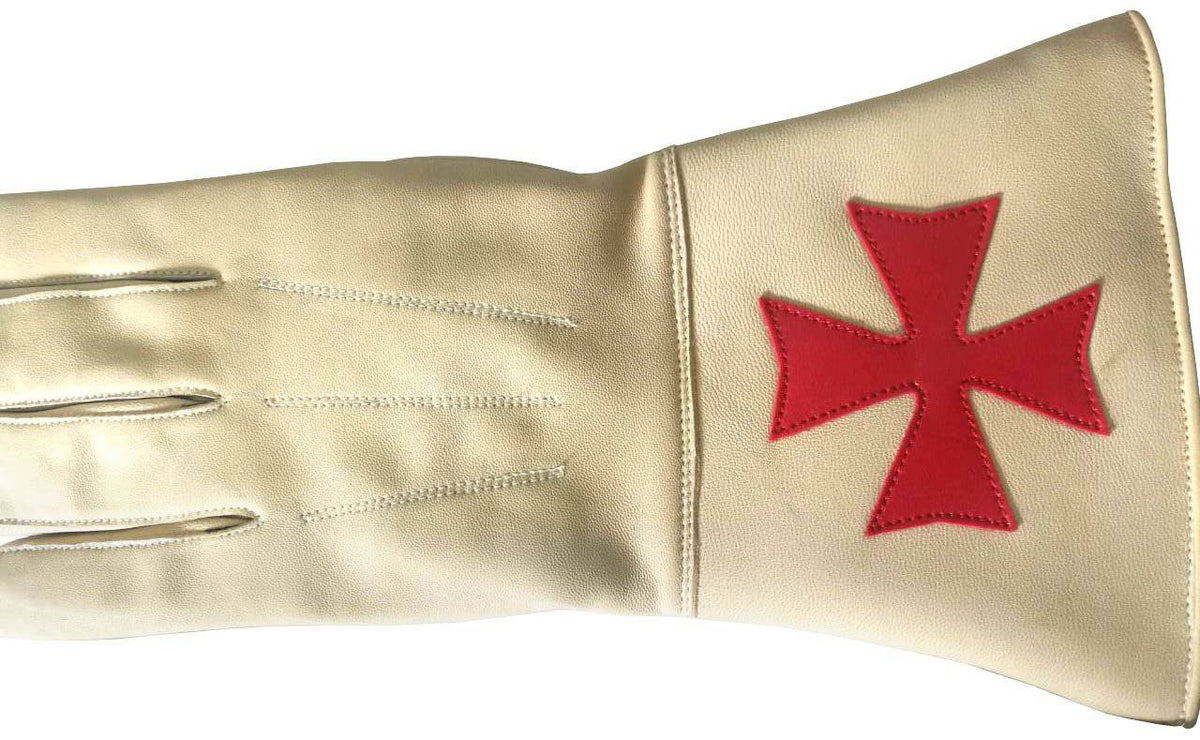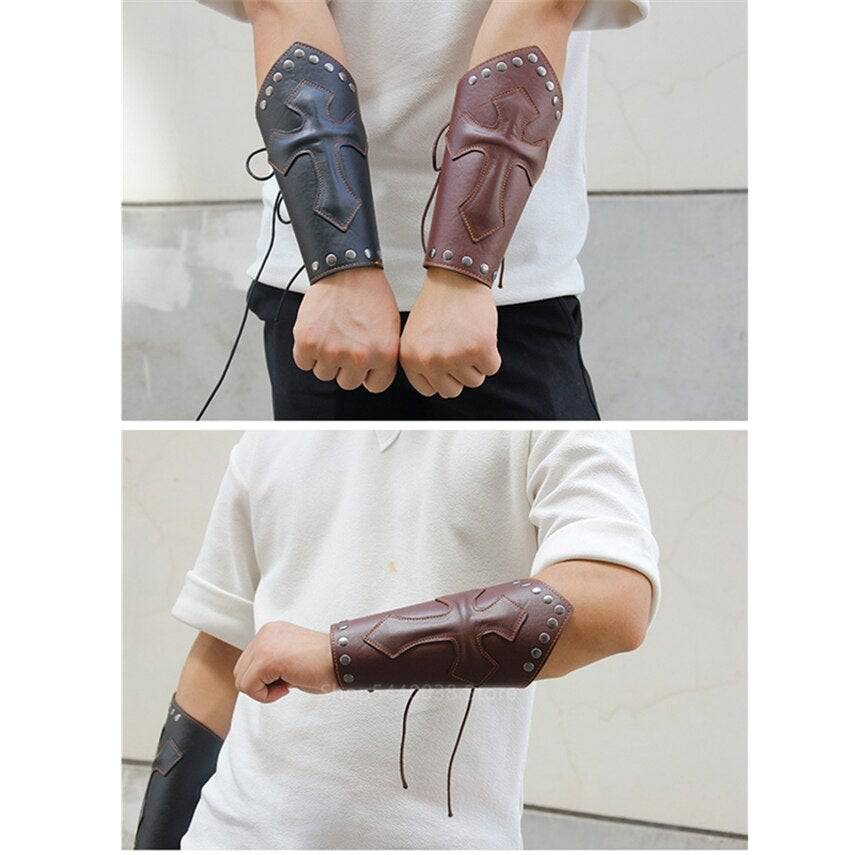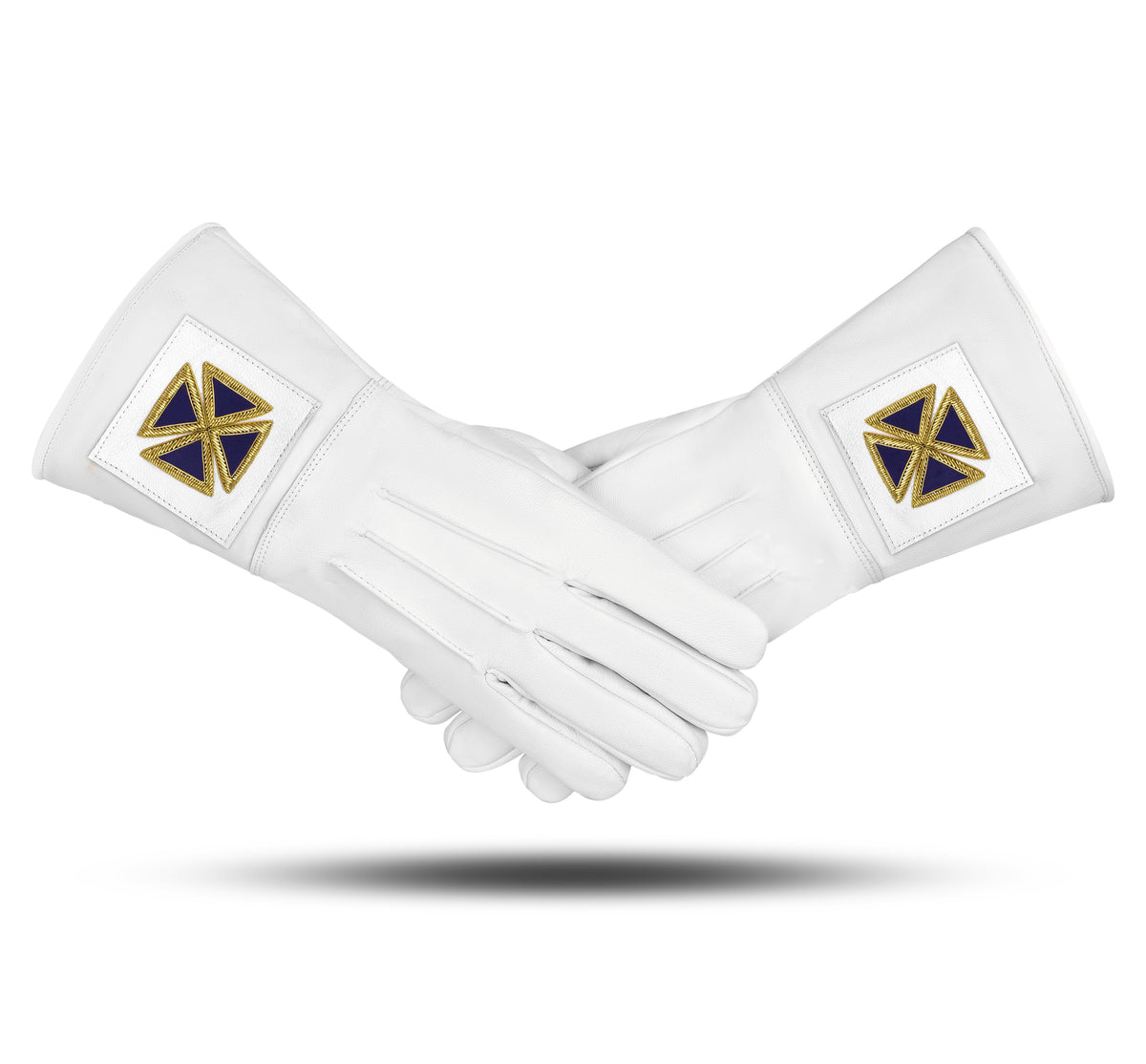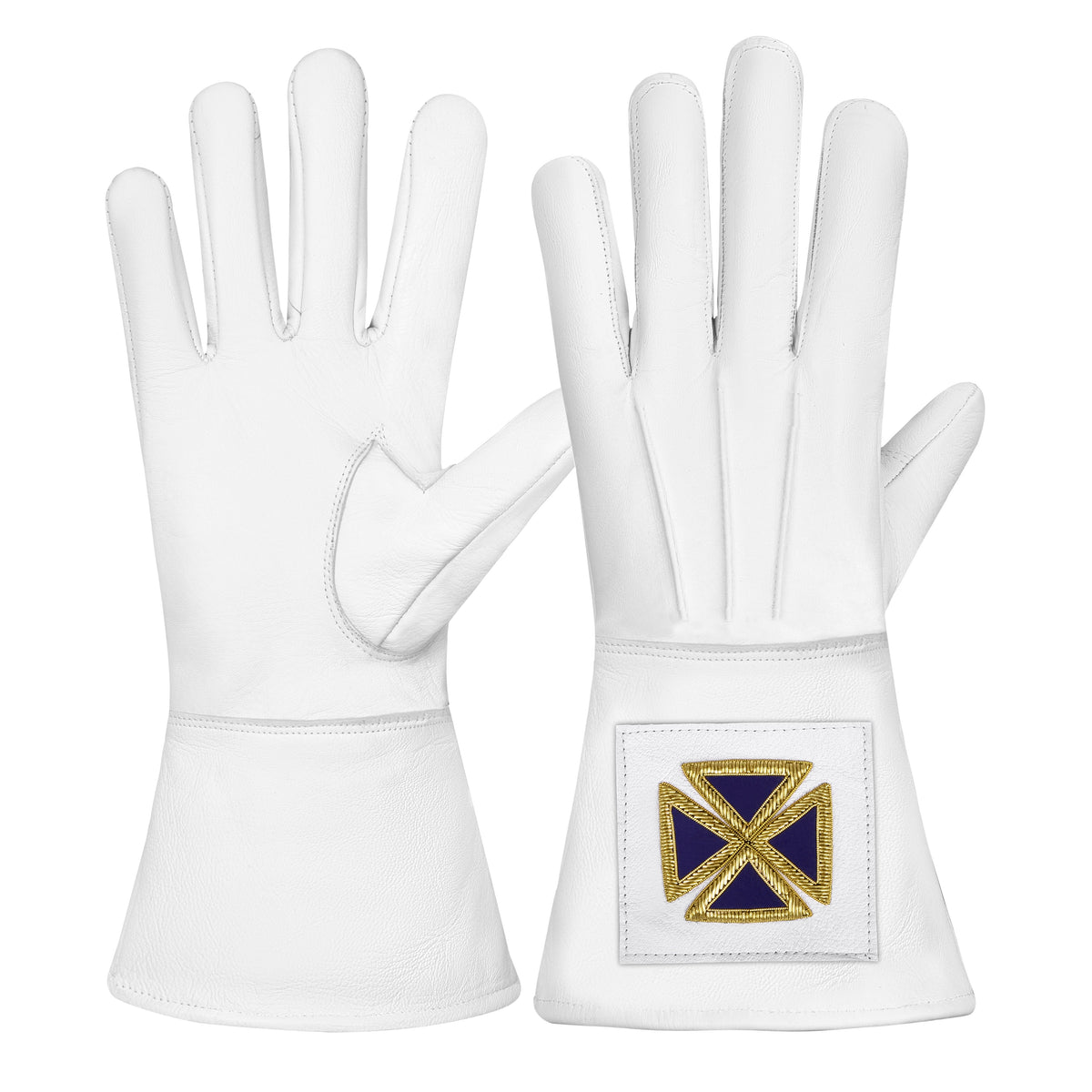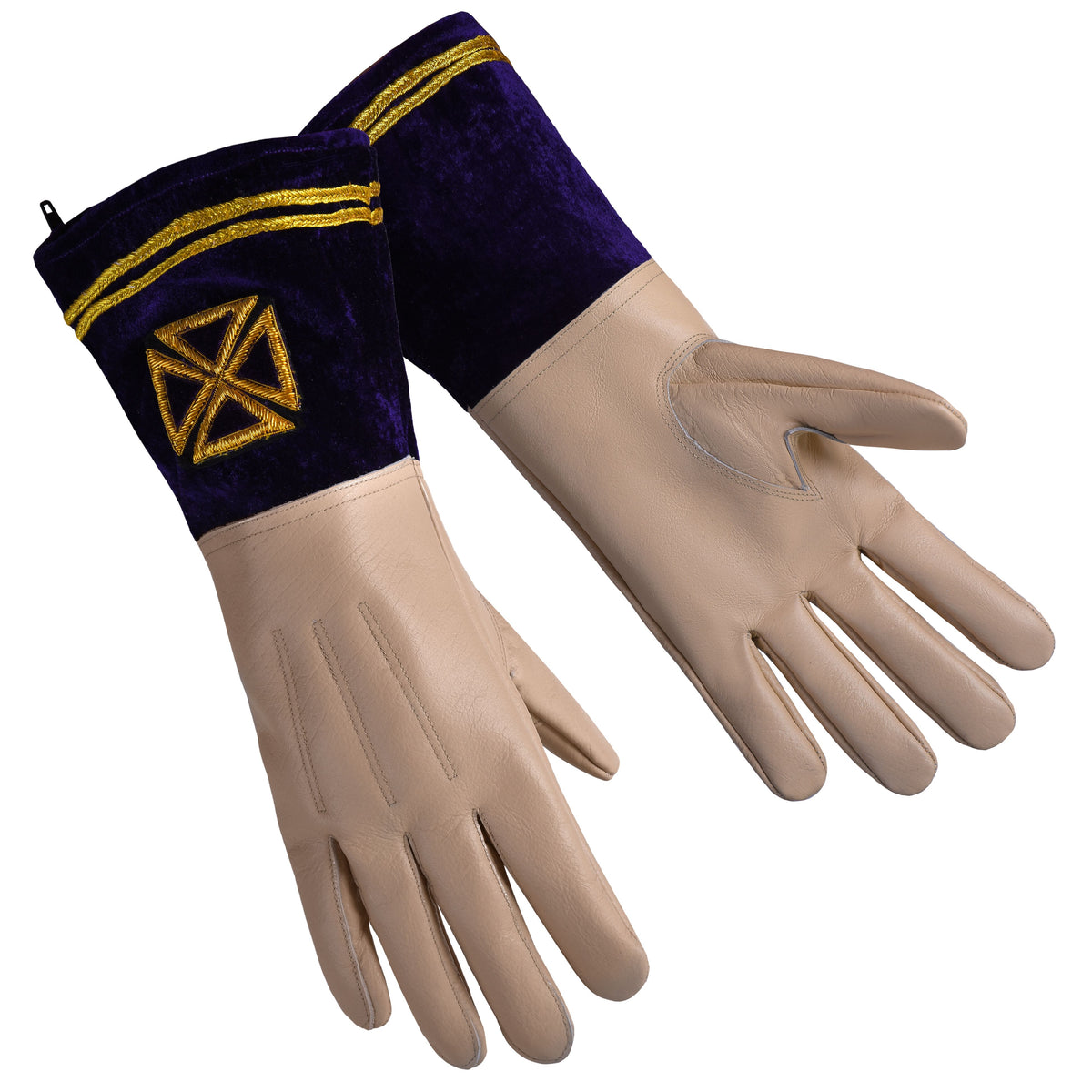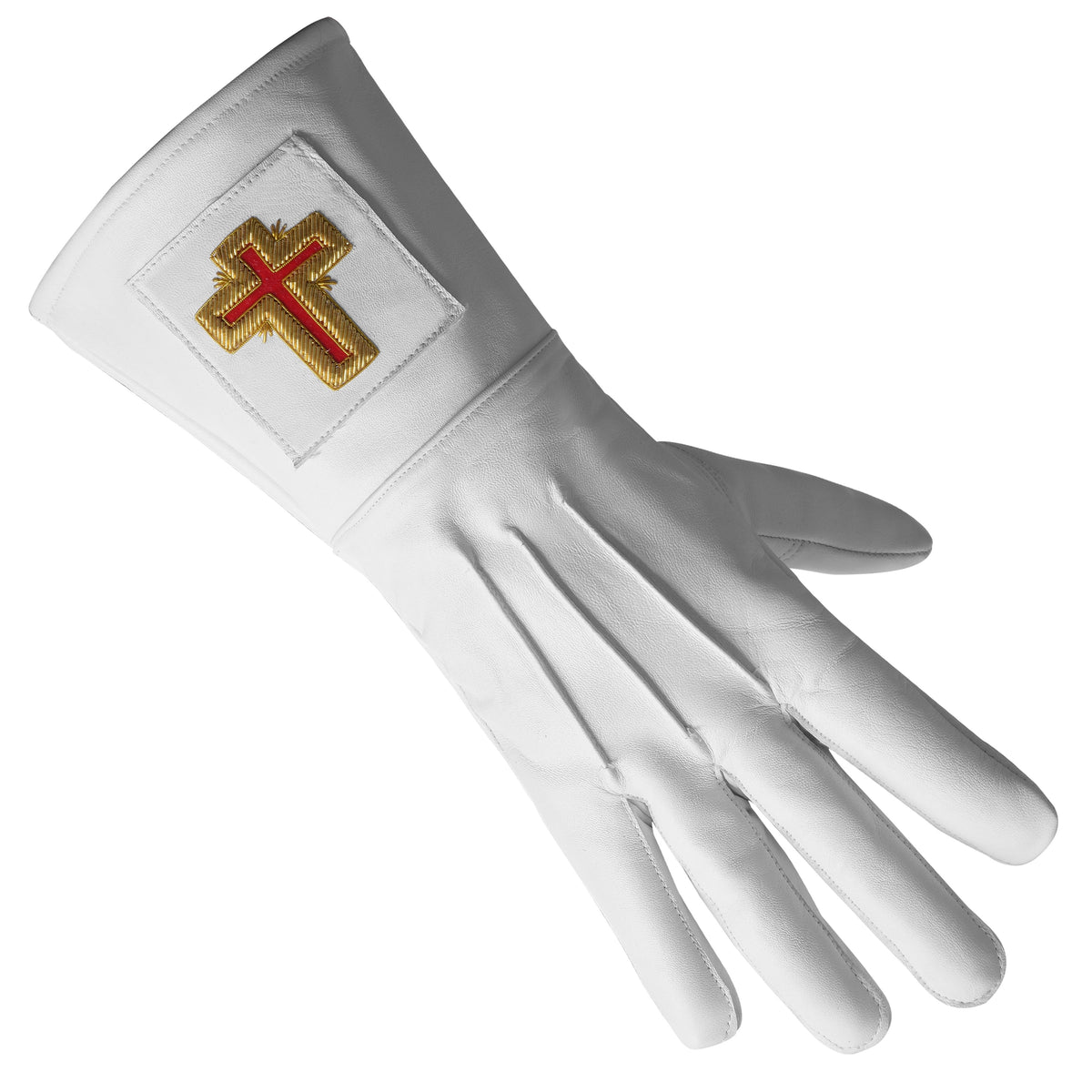Unveiling the Teutonic Knights Templar Gauntlet of 1200: A Symbol of Strength and Faith
The Teutonic Knights, a prominent German medieval order, are often overshadowed by their counterparts, the Knights Templar and the Hospitallers. However, the Teutonic Knights forged a distinct legacy in medieval history through their unique mission, values, and symbols. Among these symbols was the Teutonic Knights Templar Gauntlet of 1200, representing their prowess in battle and deep-rooted spiritual commitment to defending Christian lands. In this post, we’ll explore the significance of this gauntlet, its role in the life of a Teutonic Knight, and the lasting impression it left on the medieval world.
The Teutonic Knights: A Brief Overview
Founded in 1190 during the Third Crusade, the Teutonic Order, officially known as the Order of Brothers of the German House of Saint Mary in Jerusalem, aimed primarily to protect German pilgrims and expand Christian territories, particularly in Eastern Europe. Unlike the Templars and Hospitallers, the Teutonic Knights were predominantly German-speaking. Over time, they established strongholds in the Baltic region, making significant inroads into Poland, Prussia, and the Baltic States.
The order distinguished itself through its discipline, organizational structure, and ability to maintain a powerful military presence. Within this disciplined environment, the Teutonic Knights' armor, especially the gauntlet, served as a testament to their values of strength, resilience, and unwavering faith.
The Gauntlet of the Teutonic Knights: A Symbol of Power and Protection
A knight’s armor was more than just protective gear; it was a powerful symbol. The Teutonic Knights Templar Gauntlet of 1200 was specifically designed to protect a knight’s hands, essential for wielding a sword and defending against enemy attacks. Crafted with intricate detail, these gauntlets emphasized both function and form. Typically forged from high-quality steel, they provided protection against sword strikes, arrows, and other dangers of medieval warfare.
Design and Construction
The Teutonic gauntlets of the 13th century were renowned for their robustness. Made from interlocking metal plates, these gauntlets allowed flexibility while offering substantial protection. Some featured articulated fingers, enhancing the wearer’s grip and control over weapons. Often adorned with symbols of the Teutonic Order, such as the black cross on a white background, these gauntlets visually distinguished the knights and their dual commitment to military excellence and Christian faith.

The Gauntlet’s Role in Battle: Defending Faith and Territory
The Teutonic Knights were frequently called to defend Christian territories and expand their influence into pagan lands. The gauntlet played a vital role in these conflicts, protecting the knights’ hands while allowing them to wield heavy swords, maces, and shields. This balance of protection and mobility was crucial, as a knight’s effectiveness on the battlefield depended heavily on his ability to control his weapon with precision.
Training and Discipline
Wearing the gauntlet was an exercise in discipline. Training sessions focused on building strength and agility, essential for adapting to the weight and restrictions imposed by armor. Mastery over one’s gauntlet was a mark of a seasoned knight, symbolizing readiness to carry the weight of duty in defense of faith.

The Gauntlet as a Spiritual Symbol
The Teutonic Knights viewed their armor, including the gauntlet, as an extension of their spiritual armor. Just as the gauntlet shielded their physical hands, their faith served to protect their souls. Thus, the gauntlet took on profound spiritual significance, symbolizing a knight’s commitment to righteousness and duty to protect the Church.
Rituals and Symbolism
Before battles, knights would participate in blessing rituals for their armor, especially their gauntlets, praying for divine protection and strength. These rituals underscored their belief that their work served God’s will. Therefore, the gauntlet was more than armor; it was a conduit for divine protection and strength, representing the warrior’s sacred mission.

The Gauntlet’s Lasting Legacy
The Teutonic Knights left an indelible mark on medieval Europe, particularly in the Baltic and Eastern European regions. Their gauntlet, an essential component of their armor, symbolized their discipline, dedication, and faith. Even after the order declined in power, the legacy of the Teutonic gauntlet continued, inspiring future generations of warriors and knights.
An Influence on Modern Symbols
Today, imagery associated with the Teutonic Knights, including the iconic gauntlet, represents strength, courage, and faith. The gauntlet serves as a reminder that true strength lies not only in physical might but also in moral conviction and unwavering dedication.
Conclusion: Lessons from the Teutonic Gauntlet
The Teutonic Knights Templar Gauntlet of 1200 was more than a piece of armor; it embodied the order’s core values. Through its protective qualities, it allowed knights to uphold their duties with courage and faith, serving as a tangible reminder of their commitment to both comrades and spiritual beliefs.
In examining the legacy of the Teutonic gauntlet, we uncover enduring lessons about the importance of discipline, resilience, and purpose. Just as the Teutonic Knights protected their lands and beliefs with unwavering resolve, we too can draw inspiration to pursue our goals with the same strength and determination.
The Teutonic gauntlet remains a powerful symbol of faith, protection, and resilience—a true mark of the Teutonic Order’s lasting influence on medieval history and beyond.



